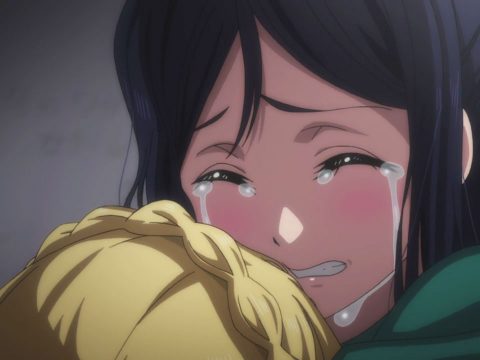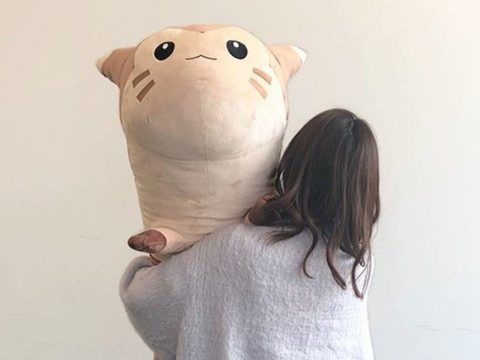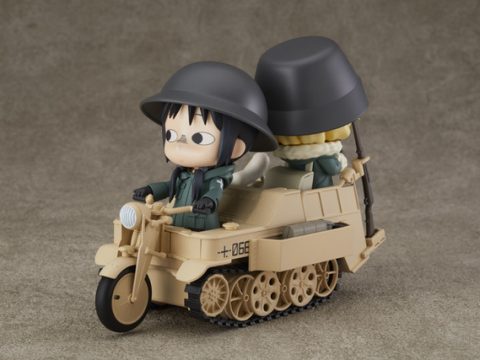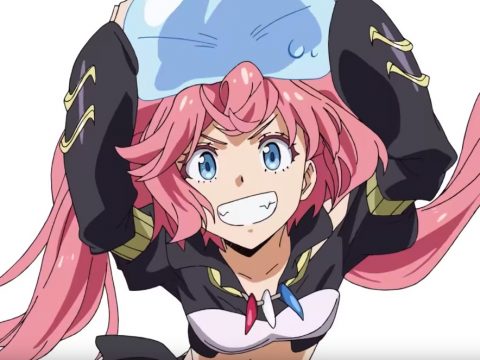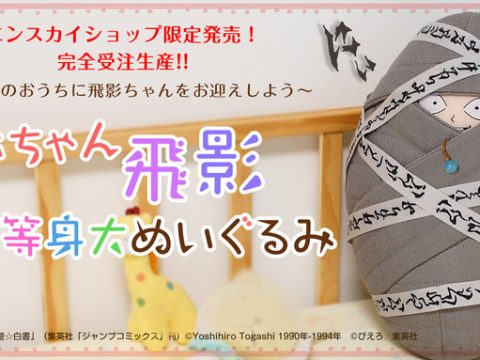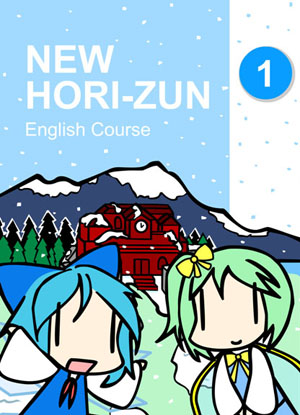 If you see a Western, English-speaking foreigner in Japan, chances are pretty good that they are an English teacher. There are no shortage of blogs, forums and website spin-offs of anime magazines where people while away their free time talking about the peculiarities of the Japanese English educational system between shots of soothing beverages. The curriculum is designed around passing the rigorous entrance examinations for high school and university that determine the futures of students in Japan, which has English thought of as a list of vocabulary words to be plugged in into select slots in a rigid, mathematical fashion.
If you see a Western, English-speaking foreigner in Japan, chances are pretty good that they are an English teacher. There are no shortage of blogs, forums and website spin-offs of anime magazines where people while away their free time talking about the peculiarities of the Japanese English educational system between shots of soothing beverages. The curriculum is designed around passing the rigorous entrance examinations for high school and university that determine the futures of students in Japan, which has English thought of as a list of vocabulary words to be plugged in into select slots in a rigid, mathematical fashion.
Looking at the textbooks used throughout the country, it’s hard not to see where much of the grumbling comes from. While not “incorrect” per se, they employ what is often seen as a cumbersome approach to language learning, with heavy reliance on translation as opposed to what most would think of as natural communication. This sometimes leads to unusual sentence structures that give a clue to how “All Your Base Are Belong To Us” came to be. Not to mention the contents of the books themselves, which range from simple daily conversation to a digest summary of October Sky. They can frankly get deadly dull.
To join in the Mike Dent-led fight against boredom, enter the doujin circle ddiction and Japan-based Nathan, who hails from Georgia and goes by the handle N-Forza. For the past couple years, his Touhou-inspired textbook New Hori-ZUN has been pulling respectable sales at Comiket and other smaller doujin events. Those who may ask what a textbook is doing as a doujinshi will recall that doujin is merely a catch-all for any unofficial material produced independent of traditional publishing houses.
The genesis of the project is perhaps unsurprising given its doujin roots. As Nathan tells it, “First, some guy in a chatroom posted pictures of this doujinshi English textbook he bought at Comiket that centered entirely on sexual terminology. Not really my cup of tea, but clever. Second, I was watching some of KirbyM’s (the main artist) flash videos that someone had put on [Nico Nico Douga], and someone had tagged a video ‘New Hori-ZUN.’ Since I was a teacher at the time, I saw that and thought, ‘That would be really awesome if it were a real thing,’ and the rest is history.”
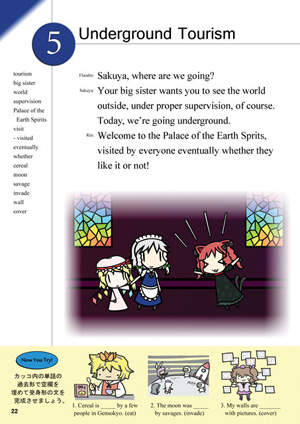 The book itself is structured identically to your typical junior high school textbook, for all the pros and cons that implies. The obvious difference being that instead of the generic characters found in those other books, we have the wacky hi-jinks of the girls from the popular shoot-em-up series cum internet phenomenon. In fact, the title New Hori-ZUN itself is a pun, taking the name of Touhou creator ZUN and playing it off of the widely used New Horizon textbook series.
The book itself is structured identically to your typical junior high school textbook, for all the pros and cons that implies. The obvious difference being that instead of the generic characters found in those other books, we have the wacky hi-jinks of the girls from the popular shoot-em-up series cum internet phenomenon. In fact, the title New Hori-ZUN itself is a pun, taking the name of Touhou creator ZUN and playing it off of the widely used New Horizon textbook series.
The chapter contents themselves are also a bit more playful than the standard “I am Sue. He is Toshi. I like sushi.” A particularly memorable early example in the series: “What do you like to eat?” “I like to eat humans.”
It only gets stranger from there, with the later books in the series becoming more complex but still accessible to the adults and older teens that typically attend doujin events. There is even an accompanying series of study guides, stripping the color but adding Japanese translations and even stress marks to aid in pronunciation of the various texts.
“I wanted it to be like a real textbook, but overall more casual. I doubt the examples are as practical as the actual textbooks, but hopefully it’s a lot more interesting, which might be more helpful in retaining the content,” Nathan said.
That’s not to say that working within the system while subverting it went off without a hitch. “It was [challenging] to write the designated grammar points into the stories. Sometimes it went smoothly, sometimes it felt a little shoehorned, and sometimes I used one before I properly introduced it.”
Regardless the results have been favorably, if quietly received. “I’m mostly surprised at how well it’s done. I imagine most of it is because Touhou is a pretty popular series at the moment and KirbyM’s art had a decent amount of exposure on [NicoNico Douga], and there also might be people who buy it out of nostalgia for the original textbooks. I haven’t gotten much comment from buyers past general ‘I love it’ kind of comments, but I’m OK with that.”
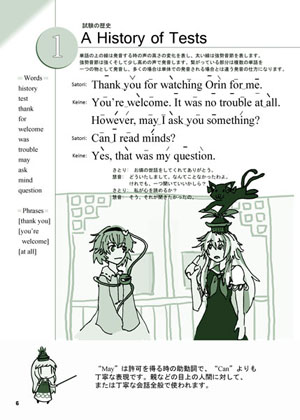
With the initial cycle of three books more-or-less finished save the third book’s study guide and some supplemental audio CDs, there are still plans for more English-flavored Touhou goods. “As for what’s next, it [is] probably going to be a whole other series entirely. The actual New Horizon only goes up to 3 anyway. The next series will probably have a greater focus on conversational English. I want to make something that will help Japanese speakers use the English that they know beyond passing tests.”
ddiction’s website in English can be found at ddiction.org/index_en.html. Artist KirbyM’s site is at www.walfas.org. Supporting artist’s Miluda’s page can be found at www.miluda.com.
Fernando Ramos is an English teacher but his business card says he is a Japan Correspondent for Otaku USA. His photography can be seen at www.mroutside.com


